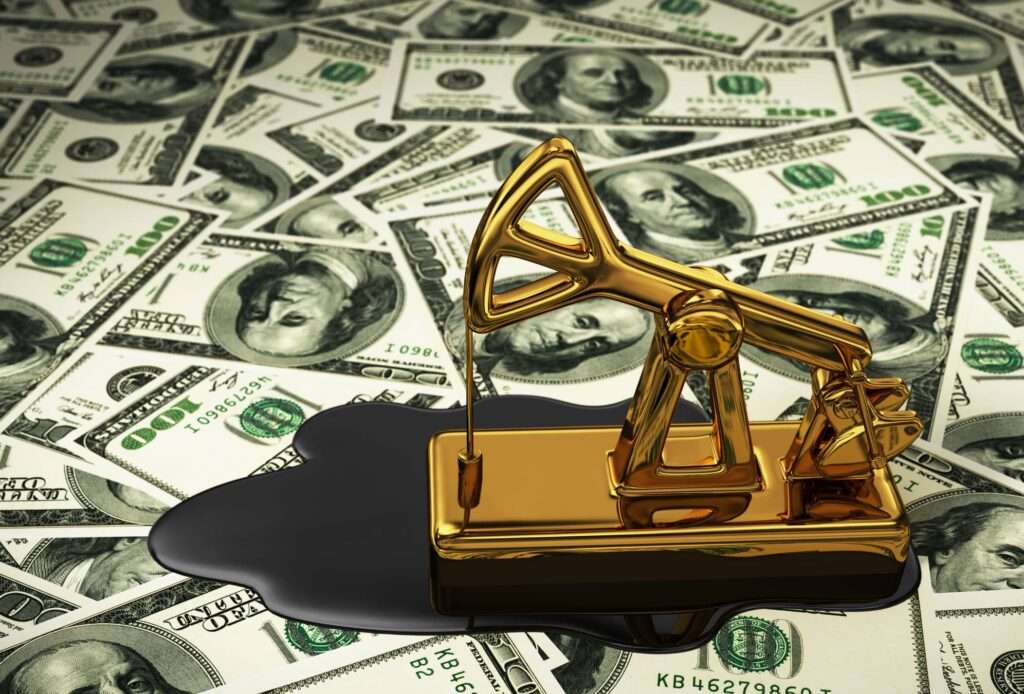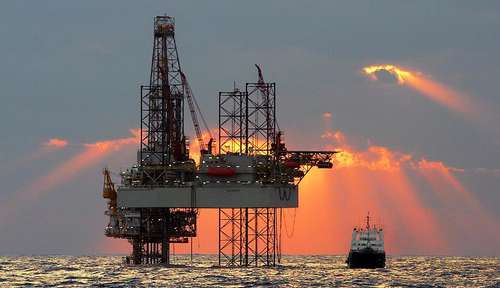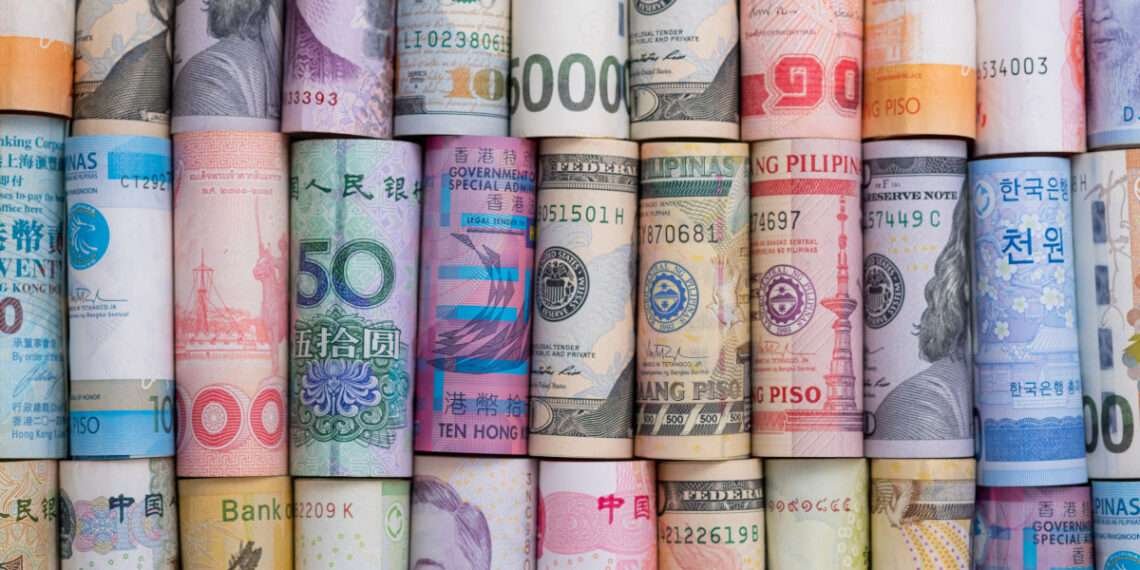Ghana’s oil revenues accounted for 7.3 per cent of total revenue in 2021, representing 17.63 per cent of oil revenues above the previous year, owing to the rise in crude prices over the period.
Out of total revenue and grants of US$10.68 billion (GHS67.9 billion), the government raised oil revenues of US$783.33 million in 2021 (1.1% of GDP) compared to US$666.38 million in 2020.
Despite the rise in oil revenues, this is still far below pre-pandemic levels (US$937.58 million in 2019- based on EITI 2019 data), representing a shortfall of $154.25 million and that contributed 9 per cent to government revenue.
Considering the role of the oil and gas sector to the country’s development, having oil revenues remain subdued over 2020-2021 presented several complexities and pitfalls to the execution of governmmet’s budgeted programmes, debt amortization, among others.

Total crude oil production in 2021 was projected at 64.86 million barrels (year-end value unavailable) compared with crude output of 66.91 million barrels (177,701.66 million barrels per day) in 2020, representing 2.05 million bbls below the crude output for 2020.
Available data for crude oil output for the first 9 months of 2021 showed a low crude output of 41.53 million barrels, indicating a struggling year for crude production within the country’s three fields (Jubilee, TEN, Sankofa). Thus, with this data, it can be adequately expected that crude output would suffer to hit close to 60 million barrels at end-year 2021, pending new data to this effect.

Low Crude Output
Considering the foregoing, the government therefore projected the 2022 Benchmark crude oil output to see a further decline, pegging expected crude output at 59.51 million barrels (163,044 barrels of crude oil per day). This is based on a three-year simple average of each producing field’s actual and projected outputs in line with the Petroleum Revenue Management Act (PRMA), according to the 2022 budget.
With such low crude output, the government recorded total value of oil exports of US$3.95 billion up from US$2.91 billion in the previous year, representing 35.63 per cent increase in 2021. With the low crude output expected to continue into 2022, oil exports from the country’s producing fields for January 2022 remained unchanged at December 2021 figures.
January exports of the country’s oil output from Jubilee remained unchanged for the month at 92,000 barrels per day across three cargoes. One cargo each of TEN and Sankofa were scheduled in January, 2022 for a combined 61,000 barrels per day, also unchanged from December, 2021.
In its 2021 annual results, Tullow oil, one of the country’s oil majors hinted an expected decline in production at the TEN field, projecting crude output to average between 22,000 barrels of oil equivalent per day (boepd) to 26,000 boepd (net: 11-12 kboepd), driven by natural decline of oil in its aging wells.
Also, the outlook of its Jubilee field is expected to average 80,000 to 84,000 boepd (net: 28-30kboepd), which the company has indicated, it reflects the “impact of a planned maintenance shutdown for approximately 2 weeks” in the second quarter of 2022.
Obviously, these outlooks present negative implications for the amount of crude to be churned out in the year and thus risks crude revenue shortfalls for the year.
May be, this grim outlook for the sector notwithstanding, the only solace the government could find is the skyrocketing global crude prices, which is expected to hit record highs over the course of the year.
READ ALSO: Run to IMF, The Economy Is In Crisis And Heading Towards Collapse- Ato Forson



















